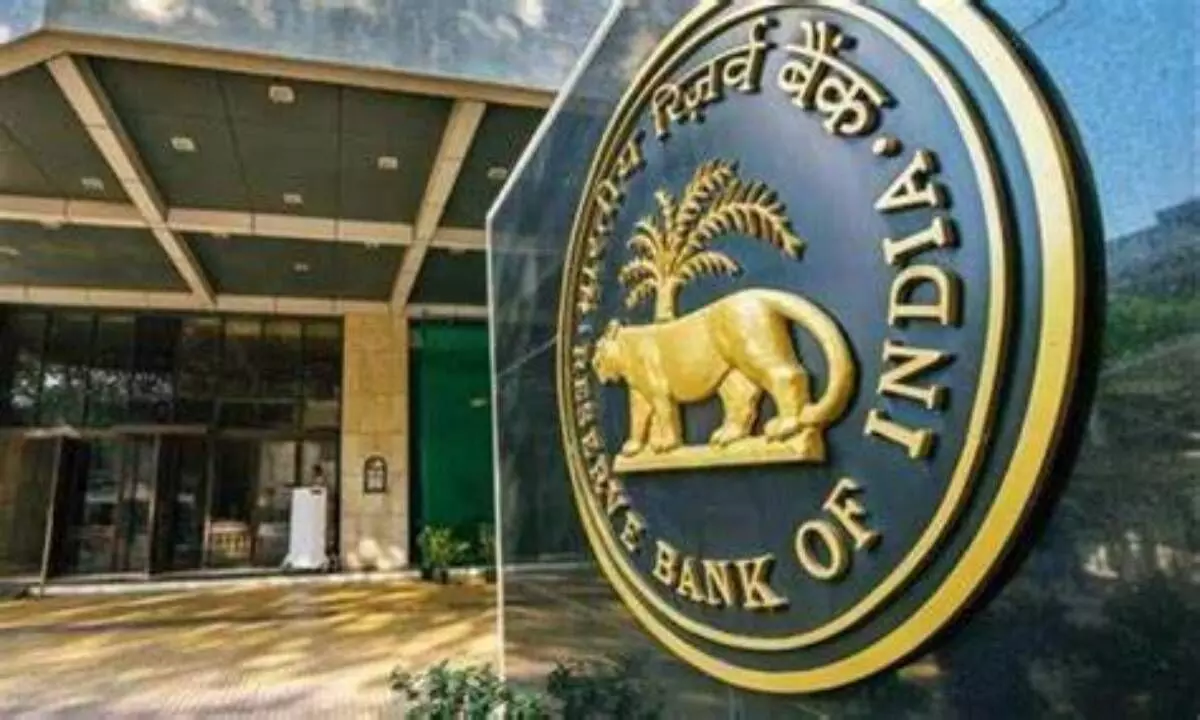RBI measures to check speculative attacks
Latest action plan may not increase inflows, but certainly helpful in directional forex signalling to speculators: Emkay Global
image for illustrative purpose

With low forward premia, this mobilisation may still make some sense for banking entities, observes Emkay Global
Chennai: The Reserve Bank of India's (RBI) move to relax regulations to boost foreign exchange (forex) inflows will not have any material change in receipts, but certainly helpful in directional forex signalling to speculators, said Emkay Global Financial Services Ltd.
Reacting to RBI's moves on Wednesday, Emkay Global in a report said: "While these measures to boost capital account are helpful, they may not have a material impact on flows. Nonetheless, they will still ease the pressure of the RBI to intervene to some extent."
According to Emkay Global, with low forward premia, this mobilisation may still make some sense for banking entities.
The timing of RBI's move coincides with the typically strong remittance/deposit season that comes with the beginning of the festive season. This can take the pressure off banks to raise domestic deposits amidst accelerating credit growth, and also somewhat cool-off domestic borrowing rates, Emkay Global said.
The easing of all the available channels of foreign portfolio investors (FPI) investments in debt may not lead to material change in FPI flows given the free limits that are already available. However, the new tenors added in Fully Accessible Route (FAR) securities are fairly active.
"Thirdly, the all-in cost ceiling under the ECB (external commercial borrowings) framework is also being raised by 100 bps, subject to the borrower being of investment grade rating, however we seek more clarity on this front as to whether it leads to any change in caps (from existing 450bps), and if it makes sense for domestic good investment-grade borrowers to borrow in foreign currency, except when they are facing a credit crunch back home," the report said.
While it is debatable if these steps can lead to significant flows, they could be effective in preventing speculative attacks on the currency and giving directional policy signals to the markets, Emkay Global added.
The key measures announced by RBI on Wednesday were:
1. Cash Reserve Ratio + Statutory Liquidity Ratio (CRR+ SLR) exemptions: Incremental FCNR Bank and Non-Resident External (NRE) deposit liabilities now exempt from Net Demand and Time Liabilities (NDTL) computation for maintenance of CRR and SLR.
Transfers from Non-Resident Ordinary (NRO) accounts will not qualify for this relaxation. This relaxation is available till November 4, 2022.
2. Interest rates on FCNR and NRE deposits: Banks are temporarily allowed to raise fresh FCNR(B) and NRE deposits without having to adhere to the regulations on interest rates on these deposits.
3. FPI debt investment: Easing all the available channels of FPI investments:
(i) All new issuances of 7-year and 14-year G-secs (including fairly active current issuances of 7.10 per cent GS 2029 and 7.54 per cent GS 2036 Ato be now covered under Fully Accessible Route (FAR). At present, 5-year, 10-year and 30-year tenors are covered.
(ii) FPI investments in G-secs and corporate debt will not be subject to the short-term limit, i.e., not more than 30 per cent of investments in G-secs and corporate debt can have a residual maturity less than one year.
(iii) FPIs can invest in commercial papers and non-convertible debentures with an original maturity of up to one year as against earlier mandate of at least one year. These investments will not be included as part of the short term limit on investments in corporate securities.
4. Foreign currency lending by banks: Banks can utilise overseas foreign currency borrowings (OFCBs) for lending for a wider set of purposes, not just export finance. The measure is expected to facilitate foreign currency borrowing by a larger set of borrowers who may find it difficult to directly access overseas markets.
5. ECB limits: The limit for ECBs under the automatic route has been raised from $750 million to $1.5 billion per financial year. The all-in cost ceiling has also been raised by 100bps.
The measures 2-5 above are valid till 31st October 2022, Emkay Global said.

